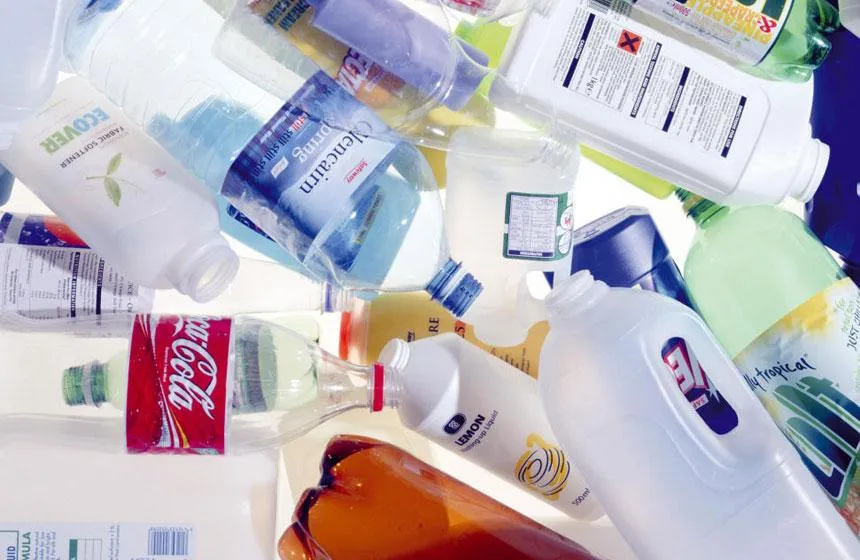Several studies have been published in the United States that reveal that two chemicals that are used in the manufacture of plastic wrappers, soap, cosmetics and processed food containers are related to an increase in the risk of high blood pressure and diabetes in children and childrenteenagers.It has been published by the Nyu Langone Medical Center, in the United States.
The compounds, Di-Isononile phthalate (DINP) and phthalate of Di -isodecil (DIDP), belong to a class of chemical substances known as phthalates.Ironically, the two chemicals were used as substitutes for another chemical, DI-2-Ethylhexylphlatate or DEHP, that the scientists themselves demonstrated in previous research that have similar adverse effects.
"Our research adds to the growing concern that environmental chemicals could be independent taxpayers to insulin resistance, arterial hypertension and other metabolic disorders," warns the main author of the study, Leonardo Trasande, professor at Nyu Langone.
In the most recent study of the series described in the digital edition of this Thursday of the magazine 'Hypertension', the researchers report a "significant association" between high blood pressure and the presence of DINP and DIDP levels in thestudy subjects.Specifically, they say, for each increase of ten times in the amount of phthalates consumed, there were 1.1 millimeters of mercury (mmHg) more blood pressure.
In the previous work, published in May in Journal of Clinical Endocrinology and Metabolism, Nyu's same experts found a relationship between DINP and DIDP concentrations and the increase in insulin resistance, a precursor to diabetes.One in three teenagers with the highest levels DINP had greater insulin resistance, while among those who possessed the lowest concentrations of chemicals, only one in four had insulin resistance.
DEHP, the original chemical used as plasticizing, was prohibited in 2004 in Europe after researchers from different parts found a link between exposure to plasticizing and harmful effects on human health.In the United States, manufacturers voluntarily began to replace DEHP with DINP and DIDP in the last decade.Trasande's own research in 2013 confirmed the relationship between exposure to DEHP and hypertension in Americans.
For the new research study, the Nyu team reviewed samples of blood and urine analysis of the participants in the 'National Health and Nutrition Examination Survey' (Nhanes).Since 1999, Nhanes collects information about the prevalence and risk factors for serious diseases by surveys carried out annually to 5,000 volunteers.As part of the 'Nyu Langone' work, blood samples of a diverse group of 356 children and adolescents from 12 to 19 years were measured and phthalates and glucose were evaluated depending on the levels of substances in the urine.
Blood samples collected between 2008 and 2012
Blood and urine samples were collected once between 2008 and 2012, and blood pressure was measured similar to the volunteers of the studies.Diet, physical activity, sex, breed/ethnicity, income and other factors regardless of insulin resistance and hypertension in the analysis of the researchers were also taken into account.
"The alternatives to DIDP and DINP include wax paper and aluminum wrapping. In fact, a dietary intervention that introduced fresh foods that were not canned or packed in plastic substantially reduced the metabolites of phthalates," says Trasande, whoIt advises families not to cook in the microwave food in plastic containers or covered by a plastic wrap.
Transande points out that your team now plans to study the long -term effects of exposure to these chemicals, particularly during pregnancy and early childhood, which can reveal different and/or more health effects.


